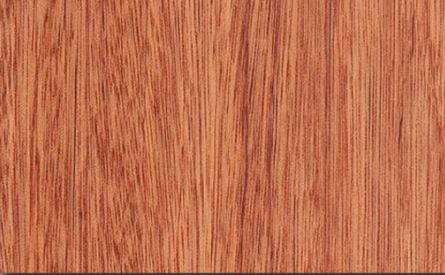WILD TAMBRAN
Frijolillo / Cojoba arborea

Local Names
Source & Tree
The tree’s scientific name derives from the word cojoba or cohiba, used by indigenous Taino speakers of the Caribbean to refer to the dry leaves of the tree. Known as chukum in Mayan, wild tambran is a large tree reaching heights of 40 meters and over a meter in diameter, it has a fluted base and straight, cylindrical trunk. It’s found in the humid Atlantic lowland forests and in drier regions along riverways. It doesn’t occur in high concentrations in natural forest but often appears in pastureland in sandy and clayey soils. Its native range extends from southern Mexico as far south as Ecuador and includes Jamaica, the Dominican Republic, Cuba and Puerto Rico. The wood is highly sought after in Honduras and has been exported historically to England and the US sometimes under the trade name Bahama sabicu.
Wood Appearance
Processing Properties
Strength & Durability
Wood Uses
Non-Timber Uses
| Reference Species | ||||
| Technical Characteristics | Frijolillo | Shagbark Hickory | Sugar Maple | |
| Density | kg/m3 | 720 | 800 | 710 |
| Janka Hardness | kgf | 751 | 853 | 658 |
| Bending Stiffness (Modulus of Elasticity) | GPa | 10.6 | 14.9 | 12.6 |
| Bending Strength (Modulus of Rupture) | MPa | 97.4 | 139.3 | 109.0 |
| Crushing Strength | MPa | 59.1 | 63.5 | 54.0 |
| Shrinkage, Radial | % | 2.3% | 7.0% | 4.8% |
| Shrinkage, Tangential | % | 4.7% | 10.5% | 9.9% |
| Shrinkage, Volumetric | % | 11.2% | 16.7% | 14.7% |
| T/R Ratio | 2.0 | 1.5 | 2.1 | |
| Values determined at 12% humidity | ||||
|---|---|---|---|---|
DENSITY
JANKA HARDNESS
BENDING STIFFNESS
BENDING STRENGTH
CRUSHING STRENGTH
SHRINKAGE
Values are for reference only and cannot be guaranteed. Wood is a natural material and physical and mechanical properties may vary depending on age, genetics, and other factors. We encourage customers to consult the references provided in the bibliography. For further explanations of wood’s key technical characteristics, an excellent resource is the Wood Database with articles on Density (average dried weight); Janka hardness; Elastic Modulus; Rupture Modulus; Crushing Strength; Radial, Tangential and Volumetric Shrinkage.






